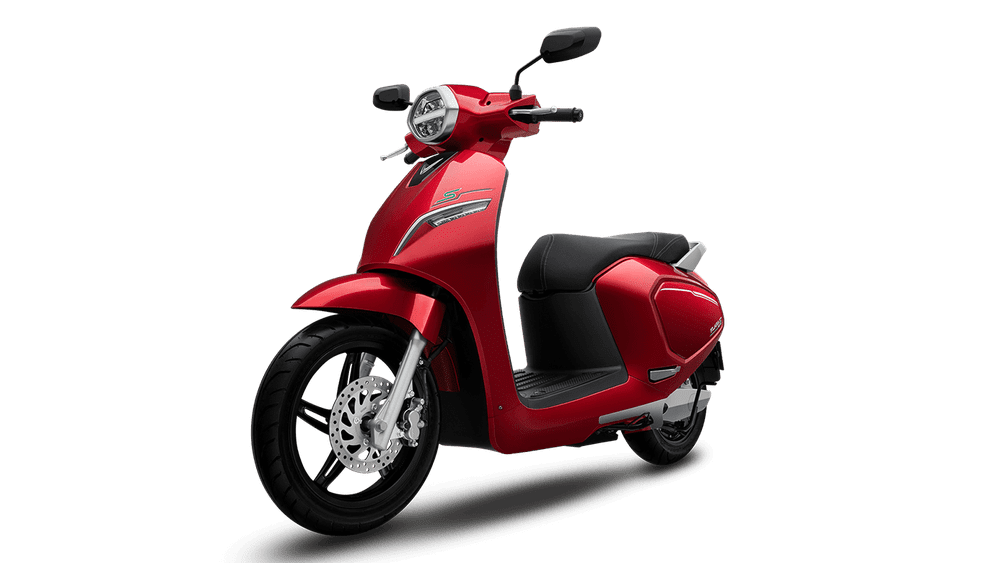Copyright ©2021 VINAMR All Rights Reserved
20 Mar 2022
Travel distances, charging station infrastructure, and battery exchange services are the barriers that prevent electric scooters from being chosen by users as a personal vehicle to replace gasoline motorbikes.

In recent times, domestic gasoline prices have continuously increased due to the influence from the world. Faced with this situation, the idea that electric motorbikes will have the opportunity to become a personal vehicle is adopted by many Vietnamese. However, reality is proving otherwise. What is the reason for this?
Since its introduction to the market, the main weakness of electric motorcycles is the battery capacity. In other words, the vehicle’s operating range after each full charge. This does not affect electric vehicle users living in the inner city as each individual’s daily travel distance can still be met by electric motorbikes. On the other hand, for those who move often or have to travel far every day, operational capacity is paramount. For that reason, the main target audience of electric scooter users today are students, instead of workers.
However, this weakness has been gradually overcome thanks to new lithium battery technology with a larger capacity, helping models to go further after each charge. However, lithium batteries is currently only available on some mid-range and high-end electric motorcycle models with prices from over 30 million VND, equivalent to a cheap scooter model currently on the market. This also causes customers to compare electric to gasoline motorbikes before deciding to spending any money.
In addition, charging infrastructure proves one of the difficulties in supporting the rise of electric scooters. For users who have already owned a house, charging electric vehicles is quite simple and not worth discussing. On the other hand, for electric scooter users living in apartments, the story is completely different. Parking lots and basements of the apartment building have not yet been fully established sockets or charging stations to serve the needs of charging.
In addition, public charging infrastructure in Vietnam is still very rare, if any, it mainly serves cars. With electric motorbikes, currently only VinFast is applying battery replacement service for customers. Other domestic electric motorbike brands do not have this service.
Despite so, it must be acknowledged that electric vehicles are the inevitable trend of the future. Aforementioned difficulties will also be resolved in turn when technology is increasingly advanced, and that a charging station system is invested and developed satisfactorily. But, how long it will take is difficult for anyone to say in advance, perhaps 5 years, 10 years, 20 years and even more. Before that happens, chances are that Vietnamese users will continue to be loyal to internal combustion engine models despite high gas prices.
Source: tinxe.vn